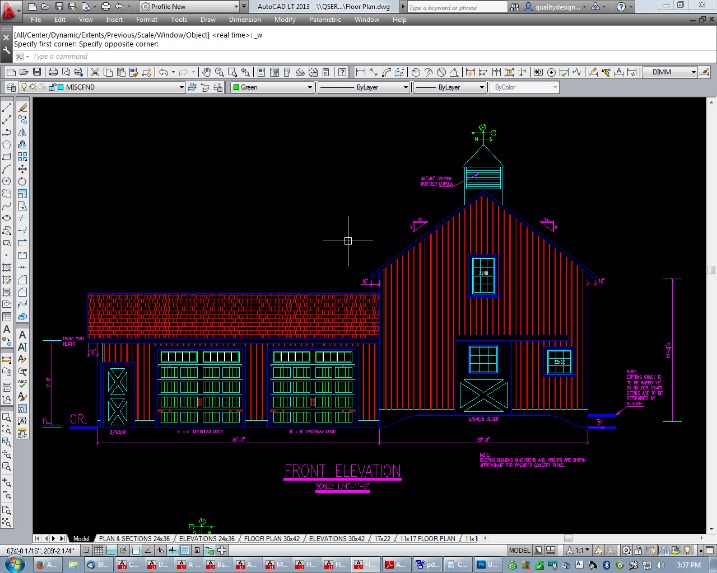Why specialist concrete grinding matters in Bristol, London, Manchester, Birmingham, Newcastle, Leicester, and Leeds
Urban building stock across the UK is a mosaic of old substrates, new pours, and everything in between. From dockside conversions in Bristol to glass-and-steel towers in London, the demand for concrete grinding that delivers predictable, specification-ready results has never been higher. Precision grinding removes laitance, levels high spots, opens the surface for adhesion, and corrects waviness that can derail program schedules. That’s why teams routinely look for Concrete grinding Contractors London and Concrete grinding Contractors Manchester when tackling high-stakes refurbishments, logistics hubs, and fit-outs where downtime is costly and finishes must stand up to intensive traffic.
In fast-moving projects, the difference between a durable floor and a premature failure often comes down to surface preparation. Grinding achieves the right Concrete Surface Profile (CSP) without over-aggressing the slab, minimises microcracking, and produces a consistent key for epoxies, polyurethanes, MMA, or cementitious overlays. In harbourside conversions and industrial units alike, selecting Concrete grinding Contractors bristol who understand moisture conditions, aggregate hardness, and prior contamination is essential. A uniform, dust-controlled grind also protects adjacent finishes and keeps other trades moving, while edge detailing ensures no weak points are left around columns, drains, and perimeters.
Every city poses different challenges. London’s basements demand low-clearance machines and meticulous dust extraction; Manchester’s legacy mill floors can vary in compressive strength from bay to bay; Birmingham’s retail environments call for quiet, low-vibration equipment during trading hours; Newcastle’s coastal climates can exacerbate chloride ingress requiring extra care before coatings; Leicester’s warehousing boom hinges on quick turnarounds and reliable adhesion for heavy-duty systems; and Leeds’ mixed-use schemes prioritise both flatness and polish-ready aesthetics. Skilled contractors bridge these demands with tailored tooling selections, careful pass strategies, and the documentation clients need to sign off the substrate with confidence.
Methods, machinery, and standards that deliver durable, dust-controlled results
Modern floor preparation relies on a toolbox of planetary grinders, single-head machines for aggressive cut, and hand-held edge grinders to reach every corner. Diamond tooling is matched to concrete hardness: soft-bond segments for hard slabs, medium-bond for general use, and PCDs or bush hammers for tough coatings and screed removal. The process typically begins with coarse passes to remove high spots, adhesive residues, and laitance, followed by progressively finer grits to achieve the specified profile or sheen. Where polishing is required, densifiers and guards are introduced after the initial metal-bond cuts. For coating systems, the target CSP is agreed upfront to ensure primers anchor optimally without soaking excessively or bridging voids.
Clean air and compliance are non-negotiable. High-CFM, H-class extractors with automatic filter cleaning keep respirable crystalline silica under control, aligning with HSE guidance and COSHH. Operatives use 110V equipment common to UK sites, anti-static hoses, and pre-separators to manage fines. Moisture testing—hygrometer readings to BS 8203—helps prevent blistering and osmotic issues later, while flatness testing against BS 8204 (SR1/SR2 tolerances) confirms the slab roadmap is compatible with the final system. When a project calls for robust sequencing, choosing Concrete grinding Contractors Birmingham brings disciplined RAMS, clear method statements, and repeatable site logistics that mesh with other trades.
Equally important is knowing when grinding is the right tool—and when to blend methods. For example, adhesive-laden substrates might require a first pass with PCDs, followed by metal-bond diamonds to refine. Thick, brittle screeds may come up faster with a ride-on scraper before a final grind. In areas sensitive to vibration, shot blasting may be swapped out in favour of grinding to protect sensitive equipment. Edges and transitions are detailed so that no step, feather edge, or unprepared strip undermines adhesion. The result is a consistent, specification-ready surface that supports epoxy broadcast floors, PU screeds, cementitious self-levellers, or burnished concrete finishes without surprises during handover.
Real-world examples: city-by-city insights that shorten programs and strengthen finishes
Complex sites reward experience. In central London, a logistics basement required removal of patchy epoxy while maintaining low noise transfer to offices above. A phased programme used early-morning windows, H-class extraction, and medium-bond metals to achieve CSP 2–3, followed by moisture mitigation over areas reading above 75% RH per BS 8203. The team’s familiarity with Concrete grinding Contractors London specifications ensured the primer and build coats met warranty thresholds with minimal disruption. Up in Manchester, a heritage mill conversion revealed variable compressive strength across bays; by switching to softer-bond segments in harder zones and adjusting head pressure, the grind stayed even, preserving aggregate while meeting SR2 tolerance for a planned micro-topping.
Retail refits in Birmingham often demand speed without sacrificing flatness. On one scheme, night-shift grinding removed levelling compound ridges to avoid telegraphing through new LVT. Accurate edge work around columns prevented adhesive weak spots, enabling seamless handover to the flooring contractor. Coastal weathering around Newcastle’s car parks introduced areas of spalling and chloride staining. Here, grinding combined with targeted crack routing and epoxy repair produced a stable base for a high-build polyurethane deck system—work that highlights the importance of Concrete grinding Contractors Newcastle who understand remedial chemistry as well as mechanical prep.
Distribution and manufacturing floors across the Midlands and Yorkshire illustrate the value of a strong preparation strategy. A Leicester warehouse needed rapid turnaround; collaborating with Floor preparation Contractors Leicester ensured laitance removal and CSP were right first time, so the self-levelling overlay bonded perfectly and forklifts returned to service on schedule. In Leeds, specification-led teams prioritise both durability and aesthetics on mixed-use schemes; the consistency delivered by Concrete grinding contractors Leeds provides a flat, dense surface that showcases polished aggregate in public zones while giving back-of-house coatings the key they require. Down in Bristol’s harbourside, salt air and historic contaminants can wreak havoc on adhesion; engaging Concrete grinding Contractors bristol with robust testing protocols—pull-off testing, RH checks, and salt contamination assessments—prevents coating failure and extends lifecycle performance. Across these projects, the common thread is clear: meticulous grinding, sound dust control, and standards-led verification compress timelines, control risk, and create floors that outperform expectations.



